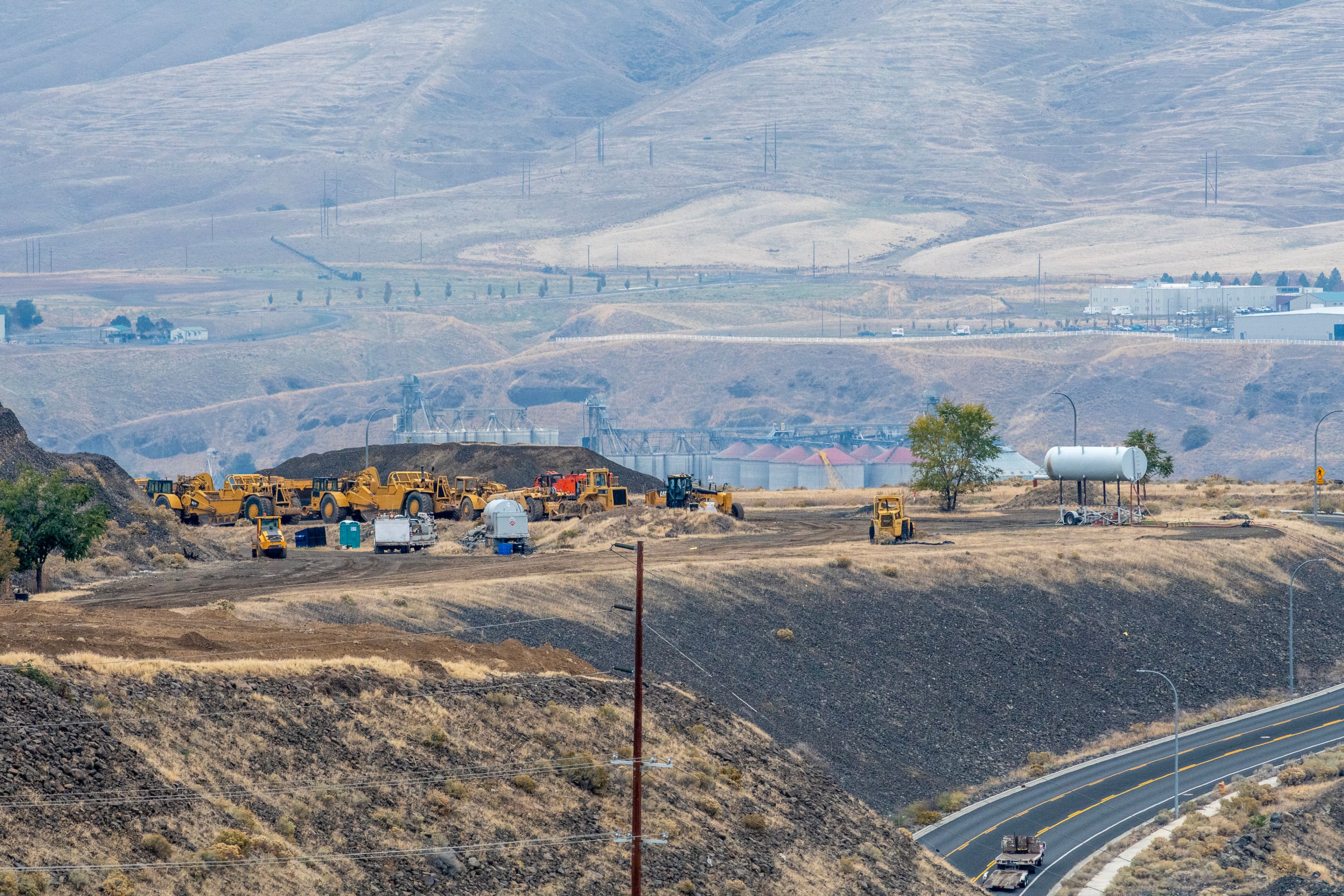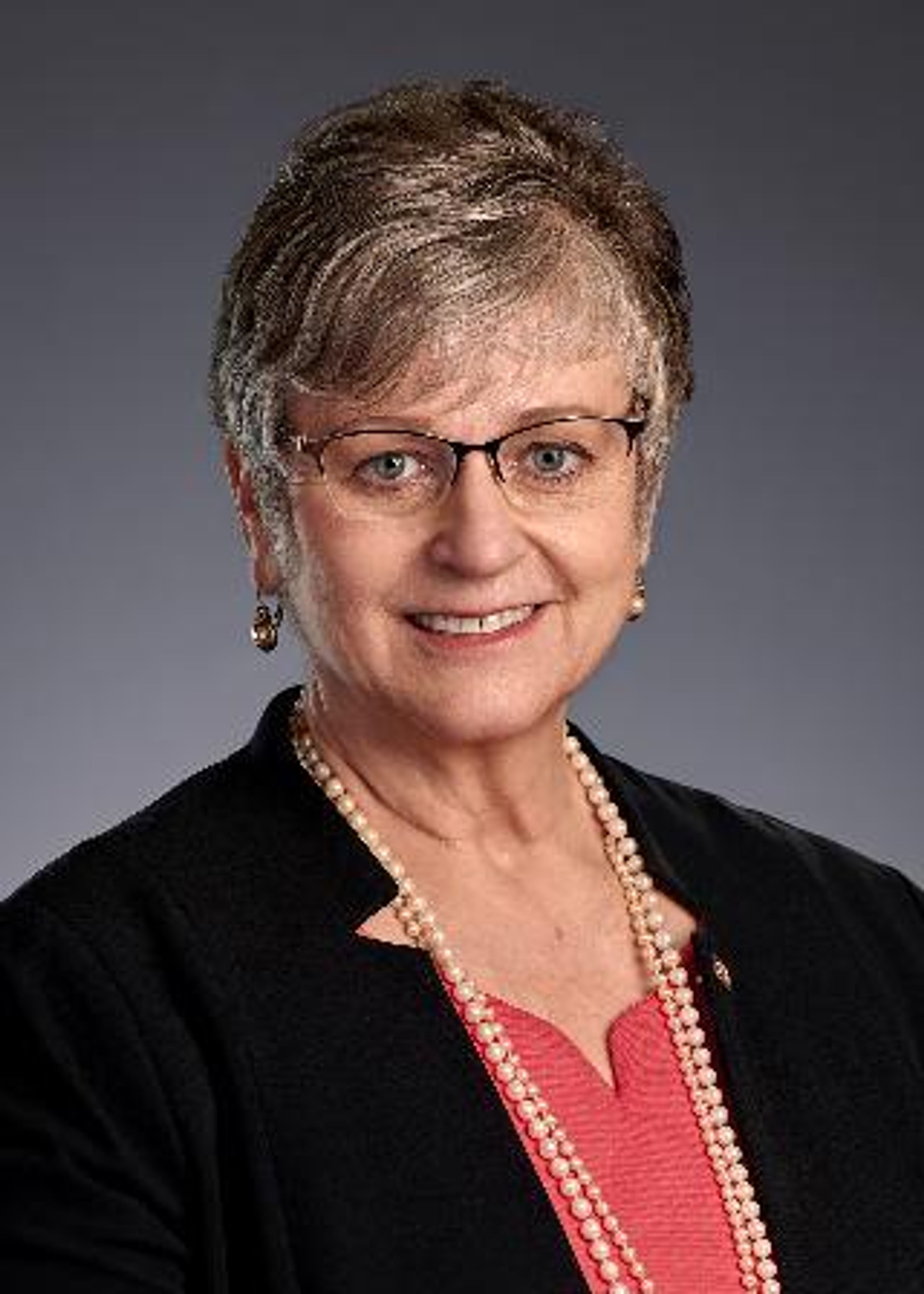MVSD 244: Board votes ‘yes’ on draft deconsolidation plan; final vote on Nov. 6
Stories in this Regional News Roundup are excerpted from weekly newspapers from around the region. This is part two, with part one having appeared in Saturday’s Tribune.
———
GRANGEVILLE — About 35 people gathered at Mountain View School District 244 public hearing meeting Oct. 17 to discuss deconsolidation.
The hourlong meeting followed the regular monthly board meeting where trustees voted unanimously to accept a draft, 95-page deconsolidation plan. The final plan was expected to be voted on Wednesday night at a special meeting, following the hearing in Kooskia. A hearing was also held in Elk City on Tuesday.
“I’m a little concerned about the time the community has to look at this proposal. It was only out on the website today (Oct. 24),” said patron Cindy Stoeckler, of Kooskia. “The community has not had a chance to truly go over this and ask informed questions. I think this process is being sped along too fast for the community to be aware of what’s going on.”
Stoeckler had several questions including the average income of households in each newly proposed district, the sustainability of the Clearwater Valley district in the absence of a levy and if there would be an academic benefit to students in deconsolidation.
Patron Rossella Pogue, of Kooskia, asked specifically what the cost to educate each student in Kooskia would be. She was referred to 2023-24 numbers that showed the cost per CV student, which was about $16,000, while Grangeville was about $13,000. This was a year when there was not a levy, so the numbers reflect what the state paid and any money the school district used from forest funds, as well as COVID-19 funds.
“It’s very difficult to determine what the cost would be (for a new district) because there is a formula that takes in average daily attendance,” and adds in other variables before making a “support unit,” explained comptroller Carly Behler.
“I’m here to speak in 100% favor of deconsolidation; I’ve thought we needed to deconsolidate the school district for more than 30 years,” said patron Andrew Lane, of Grangeville.
Patron Andrea Solberg, of Grangeville, also spoke in favor of deconsolidation.
“Communities support what is theirs,” Solberg emphasized. “As Thomas Jefferson said, ‘Government closest to the people governs best.’ ”
Patron Mary Schmidt, of Grangeville, spoke out about how she worked with a committee of people to help support Riggins in forming their own district.
“Probably the most important (reason for deconsolidation) is more community ownership in determining the educational system that the community wants to provide and support,” Schmidt said.
Idaho County Commissioner Ted Lindsley, who owns property both in Elk City and Grangeville, stated he is fine with deconsolidation; however, he feels there needs to be better data gathered before deciding to place Elk City with Kooskia. He said though the district survey showed Elk City residents would choose Kooskia over Grangeville, he gathered approximately 100 signatures that stated the opposite.
“A big concern is, unless you guys can write something in there (the plan), is that if Elk City goes with CV and they don’t pass a levy, the first thing they will do is close Elk City School down,” he said. “(Elk City) has got to have a school, or it dies. The economy would go to hell. It would die.”
The draft plan does provide for Elk City students to be able to choose where they want to go to school at any time they are not attending school in Elk City; they are eligible to attend either CV or Grangeville at any time.
Open enrollment in Idaho allows a student to apply to any school they wish to attend. If programs are full in specific areas, they may not be admitted. However, the draft deconsolidation plan allows for Elk City students to attend either of the proposed new districts — Clearwater Valley School District No. 245 or Grangeville School District No. 246 — at any time, no matter if a program is deemed full.
The entire plan, as well as maps of the newly proposed district is available at sd244.org.
— Lorie Palmer, The Clearwater Progress (Kamiah), Thursday
Cottonwood City Council: Water system plan adopted for current, future improvements
COTTONWOOD — How the city water system functions today is the result of past years of planning. To that end, the Cottonwood City Council approved a water facility plan at this month’s meeting that lays out the present and future needs for improvements, upgrades and expansion.
But as its J-U-B Engineers project engineer Adam Rushold clarified, it’s not set in stone.
“Facility plans are intended to be living, breathing documents,” he said. “Systems change, plans change over time, and 10 years from now something may happen and you’ll need to pivot.”
In an hour presentation at the Oct. 15 meeting, Rushold summarized the plan, which was adopted by the council later in the meeting; and the result of water system studies and surveys, including city staff input, analyzing aspects from flow testing and pipe size to existing supply and storage, and on how the system functions — using computer modeling — for different demands in normal, emergency and excessive usage. This information was also used in projecting needs looking 20 and 50 years into the future with estimates on population growth and residential, commercial and industrial development.
“Through all this we are able to establish what we need to plan for,” Rushold said, “such as, do we need to upsize pipe, do we need a new well, do we need more storage?”
What were some of the statistics?
Plan data noted city water production has been on a downward trend since 2005, when it was around 50 million gallons annually to around 40 million currently.
“This is good,” he said, “because this indicates you’re doing a couple of things: One is reducing water loss, and it also shows — and we see this with different communities — that you’re getting better, more efficient with water.”
For an average day, the city produces approximately 114,000 gallons and consumes 107,000 gallons. During wet weather (October through April) this is 72,000 gallons produced and 66,000 gallons consumed; and in dry weather (May through September) this is 173,000 gallons produced and 165,000 gallons consumed.
“In water loss, you’re not doing too bad,” Rushold said, at around 10%, where normally he said they usually see 10% to 15% with water systems. This loss figure should improve as the city fixes more leaks and meters more of its usage, from which it will also see a reduction in pumping costs.
For storage, the city relies on two tanks — one at 500,000 gallons built in 1966 and one at 400,000 gallons built in 2003. It also has three primary producing wells (Nos. 2, 4 and 5) that produce 500, 240 and 560 gallons per minute, respectively.
Looking at the present and into the future, the plan looks at servicing needs through an array of scenarios, not just in drinking water, but also in essential fire flows required for areas including residential, schools, the hospital, fairgrounds and commercial/industrial (grain elevators). Flows were evaluated for average, maximum and peak-hour demands, and for maintaining system pressures of 40 psi minimum, and 20 psi for flow during firefighting usage.
Capital improvement projects are detailed across the city to address areas of aging infrastructure, improving fire flows, the addition of a new well, and where future developments will need to be serviced.
Costs were estimated (in 2025 dollars) for projected plans. One of the larger aging infrastructure projects would be $730,000 for a series of sections: East Street from Hogan to Church streets; and Hogan and Bash streets; and Church Street from U.S. Highway 95 to East Street. A new well is estimated at $2.544 million. The largest of the future development areas — west of School Street — is estimated at $1.011 million.
How this would be funded would be in a series of alternatives that include rate increase, community development block grants, loans, as well as saving some costs with city staff performing pipe projects. Rate increases in these options are projected going from a current $44 per month to a range between $108 to $124 a month at the end of 10 years.
Rushold explained later after the meeting that such facility plans are conducted about every 20 years so cities are on top of their current situation and what they need to change. Cottonwood approved its last plan in 2001, after which it conducted a series of upgrades from new water line to the second water storage tank in 2003.
To the council, Rushold said the proposals for funding, as well as the plan itself, are open to change as the city evaluates what is needed when and where, and what can be done later.
“Situations are changing constantly, and so it’s going to change city priorities. This provides a baseline for you to start the discussion,” he said, on what the city needs to plan for both in terms of projects and finances to ensure Cottonwood is set up for the future.
— David Rauzi, Idaho County Free Press (Grangeville), Wednesday







